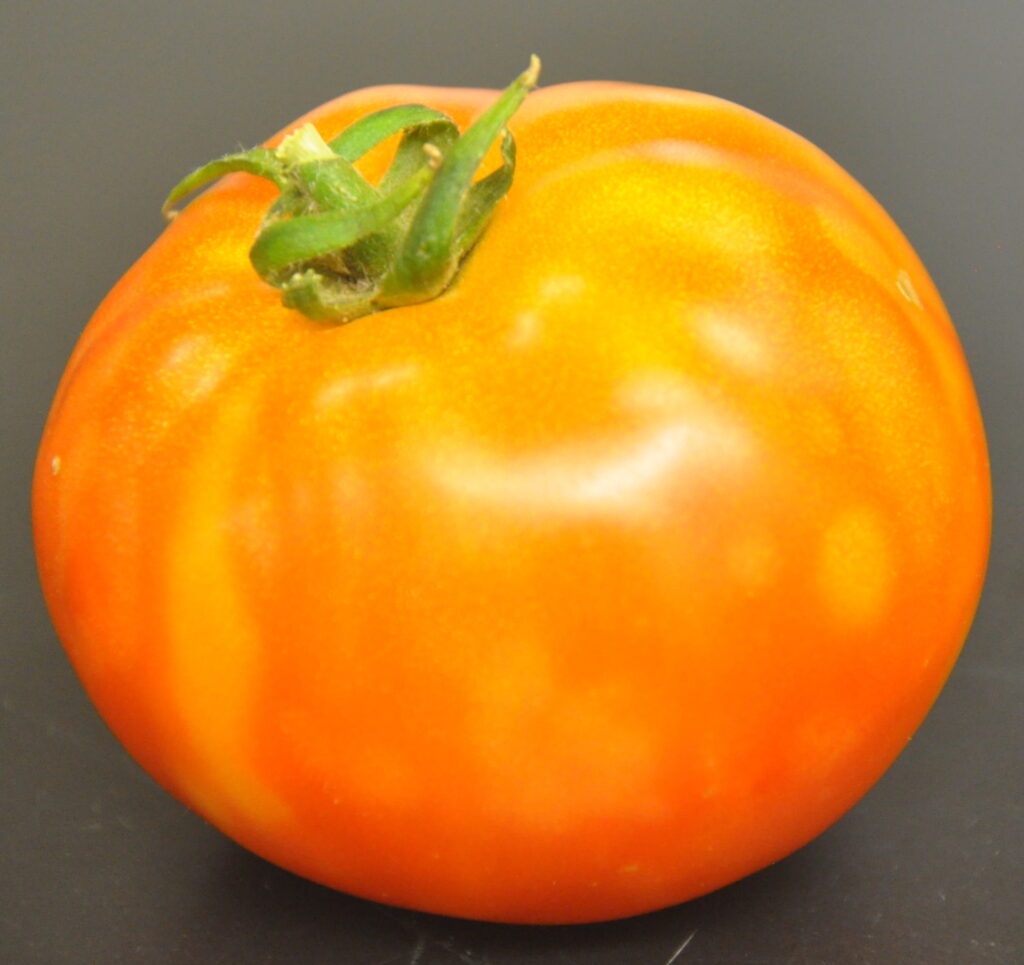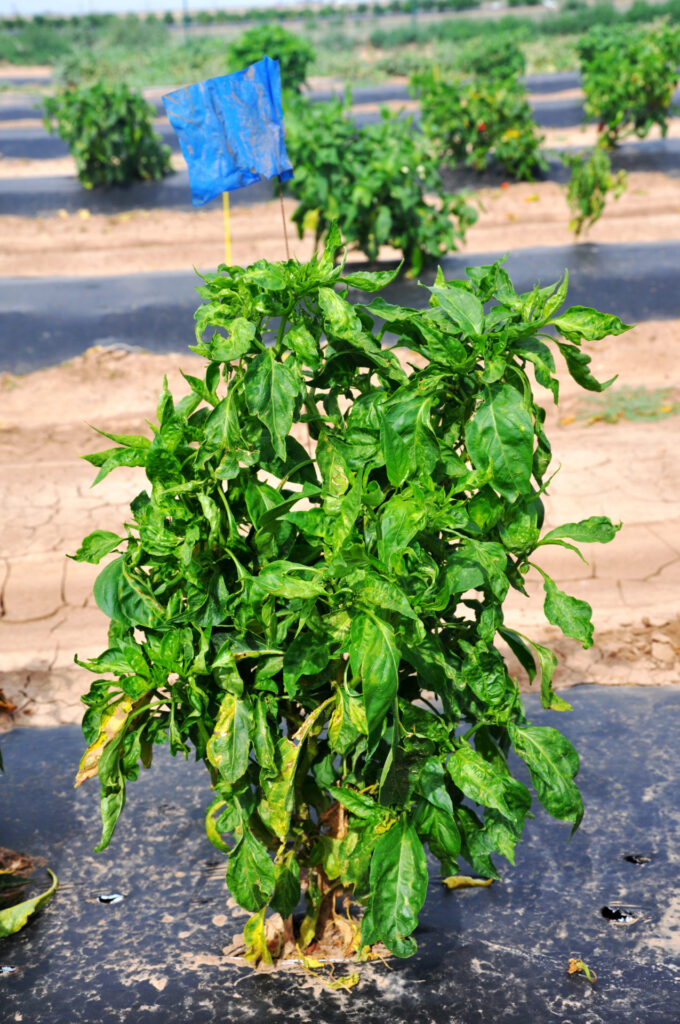Gadhave earns ‘new innovator’ research award from Foundation for Food and Agriculture Research
Texas A&M AgriLife Research scientist is developing next-generation pest management tool

Kiran Gadhave, Ph.D., Texas A&M AgriLife Research entomologist, has been selected as one of 11 recipients of the New Innovator in Food and Agriculture Research Award from the Foundation for Food and Agriculture Research, FFAR.
An assistant professor within Texas A&M’s Department of Entomology with a multidisciplinary background in conducting basic, applied and translational research in insect vector-plant virus and plant-microbe interactions, Gadhave is stationed at the Texas A&M AgriLife Research and Extension Center in Amarillo.
The award seeks to promote the career advancement of highly creative and promising new scientists who intend to make long-term career commitments to researching food and agriculture. Recipients should initiate innovative, ground-breaking research and provide thought leadership for challenges facing food and agriculture, according to FFAR.
Gadhave’s project selected for award by FFAR, funded at almost $500,000, is to develop an integrated pest management tool to offer a next-generation breakthrough solution to one of the largest hindrances to expanding specialty crop production in the Texas Panhandle — tomato spotted wilt virus and thrips.

But his research findings will impact beyond that region. Gadhave’s research will pave a new way to use independent-mobile RNA, or iRNA, as a tool against a broad spectrum of pest-pathogen threats in multiple specialty and staple food crops worldwide. He is developing a type of RNA that can deliver targeted therapeutics specifically tailored against viruses and thrips.
Gadhave described the process as preventive, almost like vaccinating plants prior to infection, as well as curative. This novel approach is economically viable, environment-friendly and can be used in multiple integrated pest management programs.
“Dr. Gadhave’s proposed work aligns with the AgriLife Research agency’s mission of supporting the production of high-quality food while protecting the environment and fostering economic viability in production agriculture,” said G. Cliff Lamb, Ph.D., director of AgriLife Research, Bryan-College Station.
Tackling a major pest to the specialty crop industry
Tomato spotted wilt virus is an agricultural pandemic pathogen that infects over 1,000 specialty and staple food crops worldwide. Among the specialty crops, novel strains of the virus have been of particular concern to tomato and pepper plants, reported in at least 10 countries so far. It causes over $1 billion in crop losses each year in the U.S. alone.

The virus’ predominant vector is western flower thrips, which are a pest of economic importance as well. Together they present a substantial dual threat to crops, Gadhave said.
The problem is current pest management strategies are failing, he said. Resistant plants no longer offer full resistance against the virus because new variants are overcoming the genetic protection.
“Our RNA therapy research is based on virus-induced gene silencing, or VIGS,” he said. “This allows the delivery of targeted therapeutics that are highly specific against the virus and thrips directly at the site of virus replication.”
Gadhave contributed to developing the technology, licensed by Silvec Biologics, in citrus in his position prior to joining AgriLife Research.
Building on research
Gadhave said this research will lay a strong foundation for understanding the mechanisms that drive vector-virus-plant interactions and for developing an economically viable and environmentally safe next-generation pest management tool.
The multi-year research will include collaborations with Silvec Biologics and Texas A&M College of Agriculture and Life Sciences professors Jeanmarie Verchot, Ph.D., Department of Plant Pathology and Microbiology, and Kevin Crosby, Ph.D., AgriLife Research vegetable breeder and plant geneticist, Department of Horticultural Sciences.
The FFAR-funded research continues after promising results were obtained by Gadhave, Verchot and Crosby in a seed project on tomato spot wilt virus funded by AgriLife Research.
A novel tomato spot wilt virus reverse genetic system currently being developed by the Verchot lab will be tailored to tomato spot wilt virus RB strains from Texas, California and Mexico identified by Gadhave and used to rigorously test the efficacy of RNA therapy.
The iRNA compatibility with regionally adapted tomato spot wilt virus resistant tomato and pepper germplasm from Crosby’s program will be assessed.
The results will generate proof-of-concept efficacy data that will enable this technology to move from the lab/greenhouse through the regulatory pipeline, into the private sector for commercialization and to the hands of the growers. Gadhave said the tool has tremendous translational and commercialization potential.
Gadhave background
Gadhave earned his doctorate in microbial ecology/entomology from the University of London, a master’s in plant breeding and genetics from Cornell University, and a master’s in entomology from Tamil Nadu Agricultural University.
Prior to coming to Texas, he was a research scientist in the Department of Microbiology and Plant Pathology at the University of California, Riverside.
Gadhave was awarded the Comstock award from the Entomological Society of America and named a Fellow of the Royal Entomological Society for his significant contributions to entomology, especially for his work on the development of novel iRNA-based tools for crop protection and improvement.
His work has been published in interdisciplinary journals, including the Journal of Pest Science, Viruses, Virus Research, Frontiers in Plant Science, Frontiers in Microbiology and Microbial Ecology.




